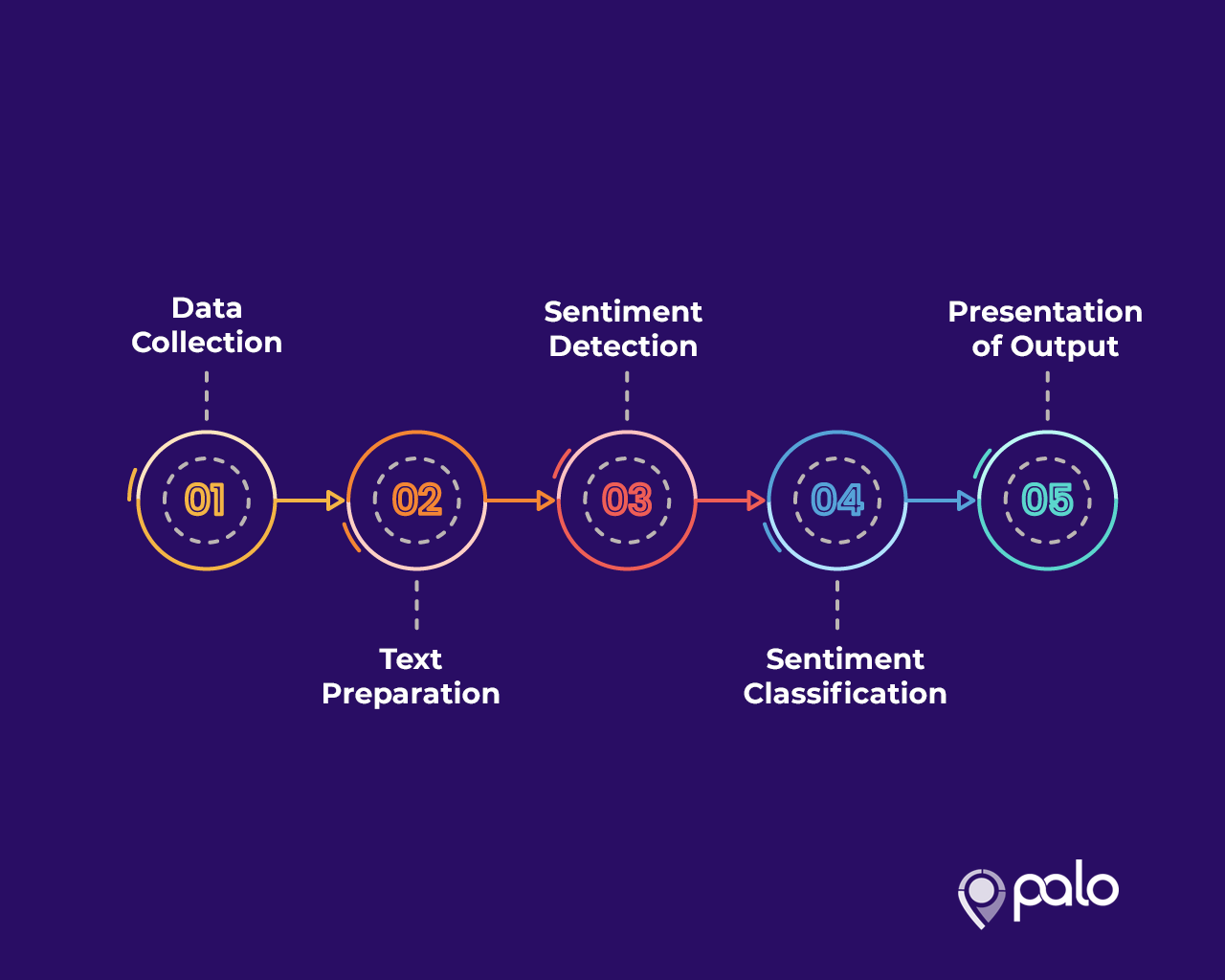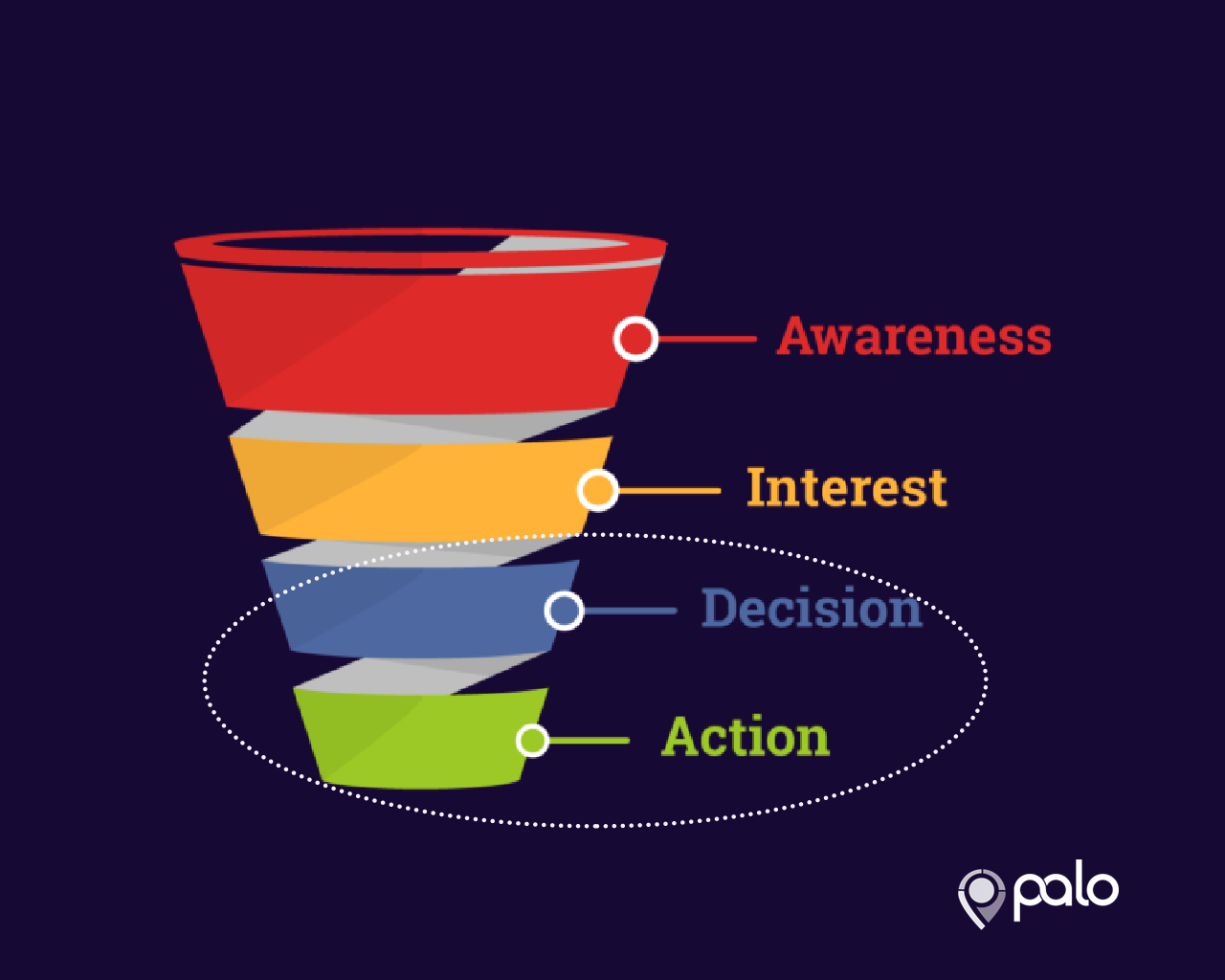
Call Center Sentiment Analysis: A Complete Guide
If you are like most of us, you must have misinterpreted more than a fair share of text messages sent to you because you couldn’t determine the intended tone and emotion.
Was the sender serious? Flippant? Sarcastic? Unless you know the person and their use of emotions, it can be pretty hard to decode their message.
Now imagine a customer service call center agent who must deal with multiple customers throughout the day, each with a different tone and emotions. This can be highly challenging, as one wrong word or tone can escalate a situation from bad to worse.
And it is not just about analyzing and trying to understand what the customer says – the call center agent must also understand what the customer means.
Unfortunately, many call centers don’t do a great job at ascertaining customer sentiment. Most of them rely on tools such as focus groups and surveys to perform sentiment analysis.
The downside of using these tools is that they only focus on a small group of your customer base, making it difficult to truly understand customer satisfaction levels.
The good news is that the tide is turning. With the advancements in technology, call centers now have the means to analyze customer sentiment more accurately and effectively.
Sentiment analysis is one powerful tool that call center managers can use to learn more about their customers. But what is sentiment analysis, and how does it work? Read on to learn more.
What Is Sentiment Analysis?
Sentiment analysis refers to the practice of assessing customer input to determine emotions, attitudes, and opinions about marketing campaigns, product lines, brands, and much more.
Sentiment analysis technology mainly relies on Natural Language Processing (NLP), computational linguistics, and machine learning to data mine product reviews, social media comments, and even blog posts for relevant input.
The input is then scored as positive, neutral, or negative and made available to decision-makers via reporting tools.
The primary purpose of sentiment analysis is to allow brands to stay on top of consumer opinion and intervene where necessary.
For instance, if you notice a negative sentiment emerging from product reviews, you can work on that area and improve the quality of your products.
Sentiment analysis in a call center setting can help managers track trends and highlight areas for improvement.
By understanding customer sentiment, call centers can identify pain points in their processes, products, or services, which may be causing negative emotions among customers.
How Does Sentiment Analysis Work in a Call Center?
Sentiment analysis in call centers essentially involves analyzing customer conversations to determine their mood, emotions, and overall satisfaction levels.
This is done by looking at verbal cues such as tone of voice, language used, and the context of the conversation. It can also involve analyzing non-verbal cues such as pauses, sighs, or voice inflections.
One way sentiment analysis can be implemented in a call center is by using interactive voice response (IVR) technology. With IVR, customers are prompted to answer specific questions after their call with the agent has ended.

Their responses are then analyzed and categorized into positive, negative, or neutral sentiments. This allows call center managers to get a comprehensive view of customer satisfaction and identify areas for improvement.
Another method is through real-time sentiment analysis, where technology analyzes conversations in real-time and alerts the agent or manager if there is a sudden change in sentiment.
This can help the agent adjust their approach and address any issues that may be causing negative emotions.
What Are the Benefits of Call Center Sentiment Analysis?
With the ability to provide highly analyzed and deep insights into consumers’ feelings, it is no surprise that the benefits of call center sentiment analysis are massive. Below are some of the main benefits your call center will reap from using sentiment analysis:
1. Identify Root Causes
Root cause analysis is a crucial aspect of the quality assurance process for contact centers since it enables you to go beyond the symptoms and address the underlying causes of customer dissatisfaction.
You stand a great chance of improving the accuracy of root cause analysis by including sentiment analysis data in your reports.
Merging these functions allows you to spot trends, patterns, and correlations that you may have missed.
For instance, you may discover that customer retention rates are dipping as negative sentiments increase.
By examining the negative calls that lead to churn, you can easily figure out what is frustrating your callers and driving them away.
2. Amplify Voice of Customer
You can supplement post-call surveys and amplify Voice of Customer (VoC) by implementing sentiment analysis in your call center.

You don’t have to rely on the small percentage of consumers who respond to your survey requests to understand the satisfaction levels among your customers.
Instead, you can supplement your surveys and customer feedback responses with sentiment analysis data to understand the true impact of every call center interaction.
3. Go Beyond Standard KPIs
Traditional call center metrics such as Net Promoter Score (NPS) and customer satisfaction score are pretty useful, but they are also limited in scope.
Most data for these metrics usually relies on voluntary responses. The data collected may be skewed because only those with strong negative or positive feelings are likely to respond.
While sentiment analysis provides its own measures, it still allows you to contextualize KPIs such as NPS and CSAT to develop a better understanding of how customers perceive your brand.
Moreover, sentiment analysis is automatic. Your customers don’t need to opt in to complete a review or rate your services. This enables you to get a more representative sample of your customer sentiment.
4. Maximize Revenue
Sentiment analysis can boost revenue in two ways. First, it can identify areas for improvement within the call center or company, helping to increase customer satisfaction and retention.
Second, by understanding customer sentiment, call center agents can tailor their sales approach accordingly.

By using sentiment analysis to identify the needs and preferences of customers, agents can provide more personalized and effective recommendations. This can lead to higher sales conversions and customer loyalty.
5. Test the Effectiveness of Your Marketing Campaigns
Marketers can use sentiment analysis to analyze how customers view their most recent ad campaigns. This analysis can help you gather crucial feedback that will guide your messaging and marketing decisions.
Sentiment analysis allows you to gauge whether your campaigns are resonating with customers in a positive or negative manner and make necessary adjustments to improve effectiveness.
6. Personalize Training
The more tailored the agent training, the more effective it will be. While a broad approach to training is still essential for setting standards and explaining how the call center operates, a targeted training strategy is crucial when it comes to fine-tuning performance.

Sentiment analysis can help pinpoint areas where agents may need more training based on the type of sentiment they are receiving from customers.
For instance, if your sentiment analysis shows a high number of negative responses related to product knowledge, you can provide additional training in that area to improve customer experiences and satisfaction levels.
7. Reduce Churn
Improved evaluations and agent training can lead to increased customer satisfaction, which in turn can help reduce churn rates.
By identifying the root causes of negative sentiment and addressing them through training or process improvement, call centers can improve overall customer experiences and retention rates.
This can save the company time and resources in acquiring new customers.
The Bottom Line
Sentiment analysis is a powerful tool that call centers can use to better understand their customers and improve their overall experience.
With advancements in technology, this process has become more accurate and efficient, allowing call centers to make data-driven decisions.
At PALO, we understand the importance of quality assurance in running successful pay-per-call campaigns. That is what we strive to provide with our campaigns, helping you stay ahead of the competition.
We have been in the pay-per-call space for more than a decade and understand what it takes to drive success.
Contact us today to learn more about our services and how we can help you take your business to the next level.






